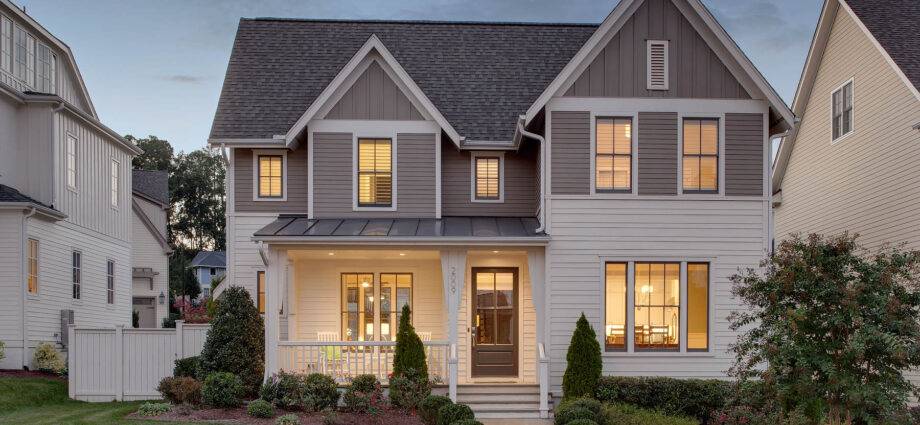They are all over town, the investment properties that seem too good to be true when you run your numbers. This is not always the case, but usually there is a reason for the price. A property can be non-conforming for several reasons of which I explain below.
Size – We normally see this with large additions. You don’t want to be the biggest house on the block, and it is worse if there is a significant size difference to the neighborhood. If you are the biggest house, your house is worth less per sq foot meaning you don’t get the value you would expect from the size.
Appearance – I see this a lot with new construction. There might be a handful of new houses in a neighborhood of houses that were built 30 years ago. This brand new house might be worth $400,000 in a new neighborhood, but because it is surrounded by older homes, it is worth much less. You cannot compare the new house to the new neighborhood ½ a mile away. People will pay less if they are not surrounded by similar homes, and it is very difficult to appraise these, so be careful!
Something else that could fit into non-conforming appearances is under or over improvements. We just funded our first property with an in-the-ground swimming pool. The pool provided almost no value and could potentially provide a negative value. It might cost $25,000 to put that pool in, but other homes don’t have a pool so it is not expected and people don’t pay for it. I believe it might actually decrease the value, because people expect back yards and don’t want the maintenance hassle. Simple things like granite counters compared to laminate are also important. I would look at other houses that are currently listed and try to copy what is on the market or over improve just a little to standout, but do not expect a higher price just because you have the higher quality. I think under improved houses is the obvious one. It is because of these houses people can fix and flip. They get a house at a big discount because it does not fit in the current condition. Once the condition is brought to standard, it can be sold at a higher price.
Use – This is the big one and the reason I thought I should write this article. I own two non-conforming multi units. What makes them non-conforming is that they do not conform to city zoning. In one case I am zoned for single family and a have a duplex, and the other I am zoned for a duplex and have a triplex. I purchased them this way, and in both cases the city is aware of the current use. The reason they work for me is the numbers as rentals are really strong and I make a fair amount of money each month. But there are two problems you need to know if you decide to go the route I did.
1) Management. My guess is that most of these buildings only have one electric and water meter, so if you ask that your tenant pay utilities you will need to find a fair way to divide this. Of course this creates challenges because tenants start complaining that they use less and don’t want to pay as much as their neighbor. Other problems could be one furnace or water heater with one thermostat, mail getting mixed up, and of course problems if you ever need to pull permits for improvements. On my triplex, the US Postal Service will not allow me to have three mailboxes, so I had to work it out with one of the tenants to distribute the mail. On that same triplex, I was denied a permit to build a garage that I planned to rent separately because there are too many structures for the zoning. On my duplex, I was denied the ability to have two access points to the property when the city put in a new sidewalk. My tenants share one access and they are fine with it, but these are things that I learned after I owned them.
2) Exit. The big problem that I see with non-conforming investments and especially non-conforming use is the exit is very difficult. It is challenging to finance these, so it will be difficult to refinance or sell them. If your buyer can’t get financing, they can’t buy. Thus reducing the buyer pool significantly; this obviously reduces the value. These need to be financed with cash, private money, or banks and cannot be financed FHA, VA or conventional. Unlike conforming properties, you need to account for your potential buyer pool when you analyze the re-sale value.
Non-conforming buildings can be very profitable and I am very satisfied with mine, but there is some real risk. When you do your diligence you might want to check with the city about what they will require, as well as make adjustments to the value to justify the fact that the financing is difficult. You don’t want to be surprised that it is worth a lot less than the other homes after you own it. Also, if you don’t have cash or non-traditional loans, you will not be able to buy, so don’t risk your earnest money until you know you can close.

Comments are closed, but trackbacks and pingbacks are open.